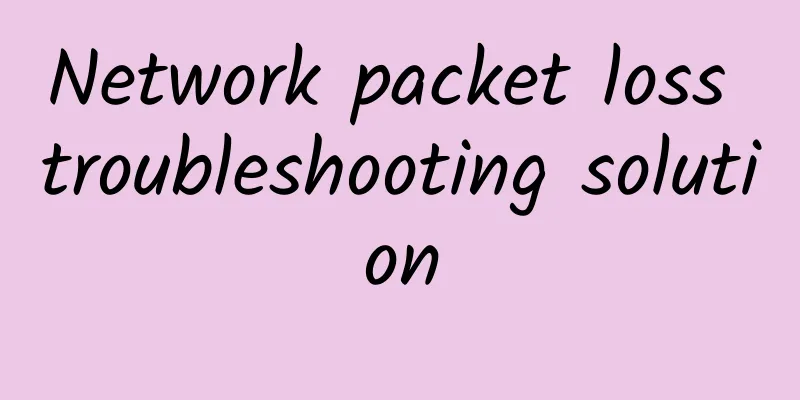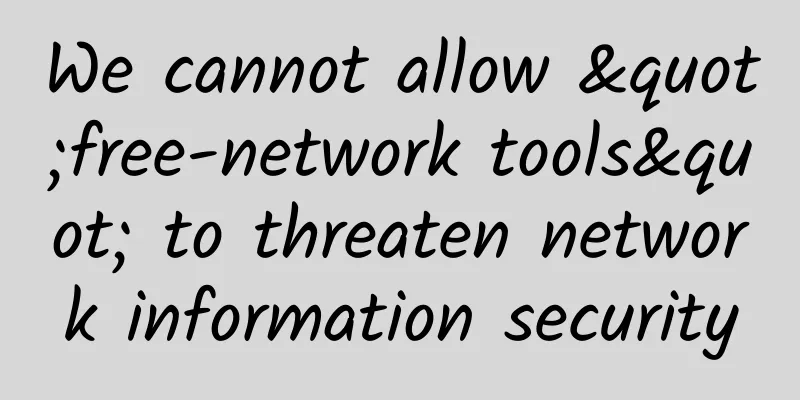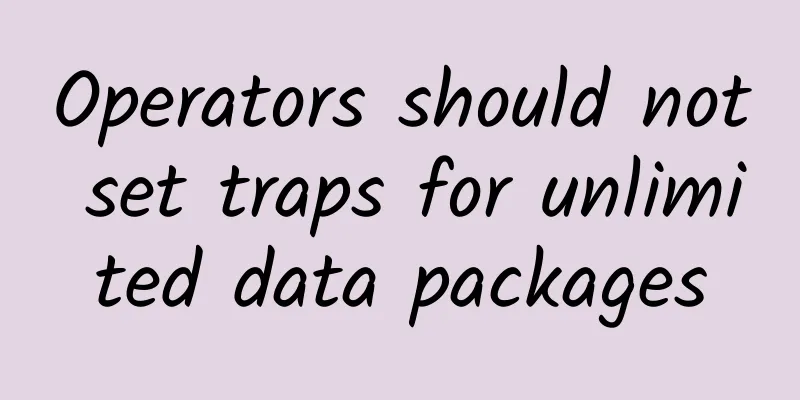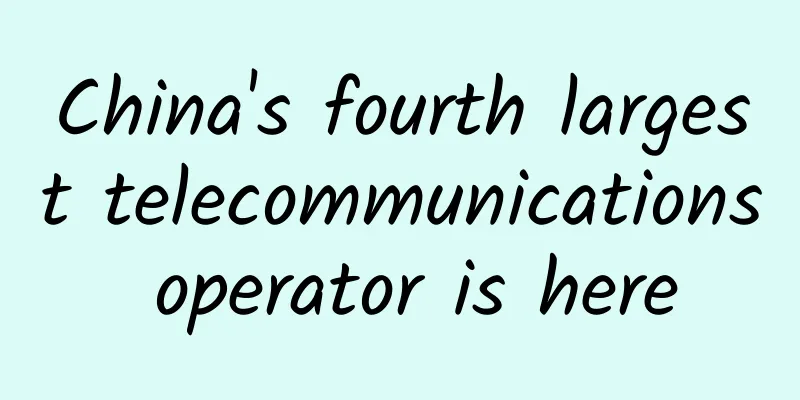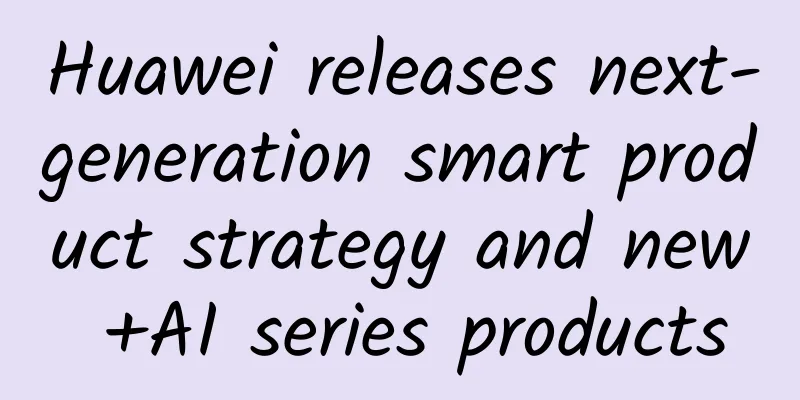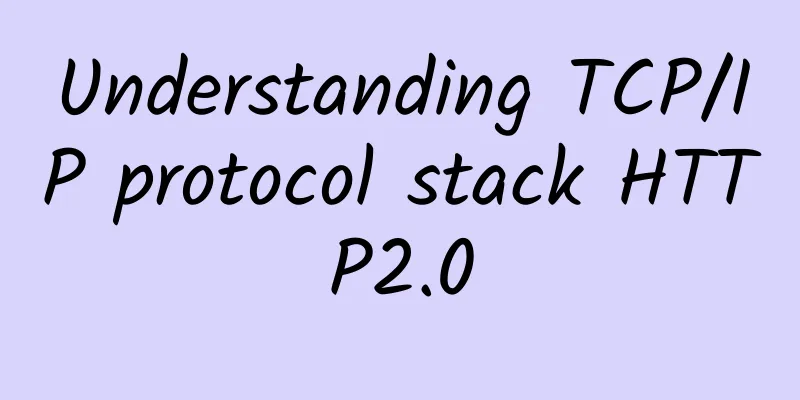A brief discussion on WebSocket interface testing
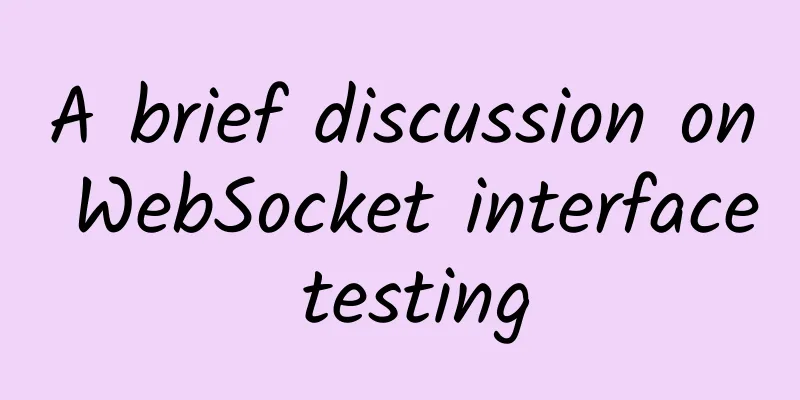
What is WebSocketWebSocket is a protocol based on full-duplex communication on a single TCP connection. It solves the shortcoming of HTTP protocol that is not suitable for real-time communication. Compared with HTTP protocol, WebSocket protocol realizes persistent network communication, can realize long connection between client and server, and can carry out two-way real-time communication. The protocol name is "ws". WebSocket makes data exchange between clients and servers much simpler, allowing the server to actively push data to the client. In the WebSocket API, the browser and the server only need to complete a handshake, and then a persistent connection can be directly established between the two, and two-way data transmission can be carried out. In the WebSocket API, the browser and the server only need to complete a handshake, and then a fast channel is formed between the browser and the server. Data can be directly transmitted between the two. HTTP vs WebSocketFeatures of WebSocket
What is a Socket?Two programs on the network exchange data through a two-way communication connection. One end of this connection is called a Socket, so at least a pair of port numbers are required to establish a network communication connection. The essence of Socket is the encapsulation of TCP/IP protocol stack. It provides an interface for TCP or UDP programming, not another protocol. Through Socket, you can use TCP/IP protocol. |
<<: State management expert: Cookies and Session
>>: From theory to practice: the wide application of MUX VLAN in the network
Recommend
US media: The US military is accelerating the launch of 5G military testing
[[376018]] On January 7, the website of the U.S. ...
Digital China is moving towards a deeper and more practical digital economy.
"Vigorously develop the digital economy, imp...
5G message is coming, please check!
What is 5G messaging? Is it an upgraded version o...
The past and present of AlphaGo
Why did AlphaGo focus on Go instead of Mahjong? L...
Linux will support new network technology based on Li-Fi
According to phoronix, Li-Fi technology supplier ...
Yecao Cloud: Hong Kong dedicated server from 199 yuan/month, Hong Kong cloud server from 139 yuan/year
Yecao Cloud has launched the latest promotion. Th...
my country has built a total of 718,000 5G base stations, and the construction plan for next year is still being formulated
According to the China Central Radio and Televisi...
Average tariffs to drop by another 10%. Senior management has given operators another task target! Are you ready?
At this year's two sessions, the top leadersh...
What will 6G look like in the future?
[[389986]] At the recently concluded MWC Shanghai...
One router makes all the appliances in the house smart. Huawei's ecosystem is taking over Xiaomi
At present, among China's smart home brands, ...
The full implementation of number portability is about to reach its first anniversary, and the winner may be different
On August 5, 2019, number portability entered the...
Understanding the current status and challenges of 5G private network development in one article
5G was oriented to vertical industry applications...
PacificRack Spring Festival Promotion: 1GB20GB/2TB/Los Angeles KVM annual payment of $8.88
PacificRack has released a new promotional packag...
HostDare 60% off, Los Angeles VPS from $10 per year, Asia optimized line VPS from $17 per year
HostDare recently offered a 40% discount code for...
Huawei Cloud and Ground Collaboration Accelerates the Commercialization of Network AI and Enables Autonomous Driving Networks
[51CTO.com original article] On September 23, 202...
